Food Inventory Template Printable
Free Download Food Inventory Template Printable
Inventory is a term used to refer to raw materials for production and products available for sale. Meanwhile, restaurant food inventory management is a system to track the stock that enters the restaurant, the stock that comes out of the restaurant, and what is left in the storage room.
The food inventory management system has the following objectives and advantages:
- can control the quality of materials stored and sold
- can estimate and create inventory management strategies
- helps minimize inventory costs because goods are only made or received only when needed
- save money and increase revenue because items stored in the inventory space are in demand so they sell quickly
A good inventory of restaurants will keep the restaurant business well organized and the work areas in the restaurant will be kept clean. All food items in restaurants need to be labeled, then arranged according to sales; sorted from items that sell the most frequently and items that sell the least. Then, at any given time period, the person in charge of inventory can estimate whether unsold goods must continue to be produced or stop production altogether.
Here are some tips for managing restaurant inventory:
- Use an easily editable food inventory template. Although the inventory management program is more sophisticated in tracking stock, there are some advantages to using an inventory template. First, you don’t need to buy an expensive program. Second, you don’t need to learn to use the program which is usually difficult for ordinary people to run. Third, the point of sales system cannot take into account field scenarios such as customer complaints, spoilage, spills, and inefficient food and beverage preparation processes. Manually entering the information is the best solution. So, manual inventory ensures accurate and comprehensive reports.
- Set the same inventory tracking team every time. Assign several people to track inventory to make it easier to identify inconsistencies. Because employees who carry out inventory remain the same every time, they will be able to understand the patterns and nuances involved in calculating inventory so that it is more accurate. Consider offering bonuses to employees who track your inventory if they can make an effective inventory.
- Maintain a consistent inventory tracking schedule. This will make you accurately understand how much material and supplies are used in a certain period of time.
- Use the “first in, first out” method to minimize food spoilage. Choose food containers and dispensers that are designed for “first in, first out” expenses.
- Make notes for food waste to find solutions for missing ingredients. Although the inventory list is sufficient to provide information regarding the amount of materials and supplies, food waste sheets are very useful for informing other things such as why food is discarded. Waste food sheets can be in the form of a table containing the appropriate information such as time and date, items’ name, items’ quantity, items’ weight, reasons for waste, and the initial of the employees.
- Utilizing surplus materials to minimize food waste, for example by combining ingredients into dishes that can be offered to guests. This keeps you from losing potential sales and avoids food waste.
- Use information obtained from past inventory for future orders. You can also predict trends to make more economical decisions.
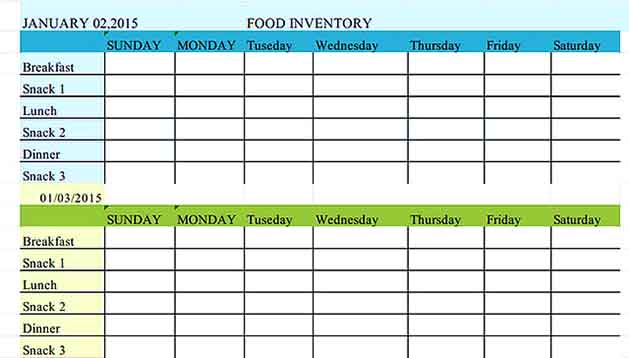
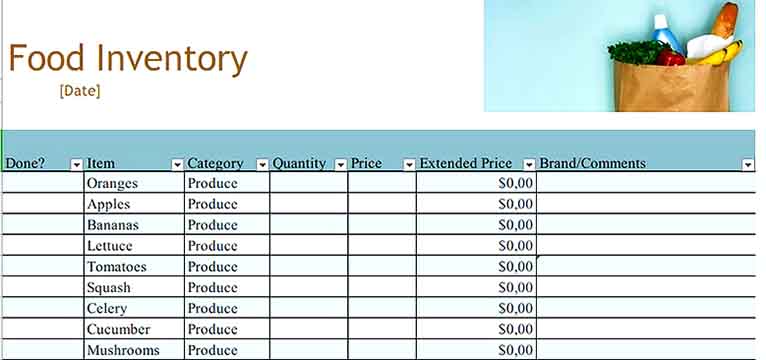
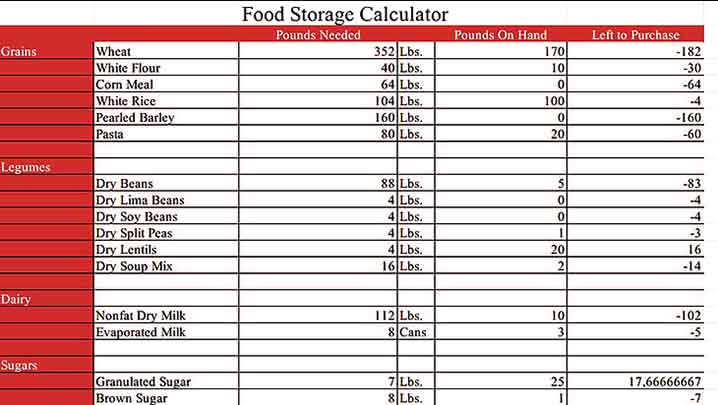
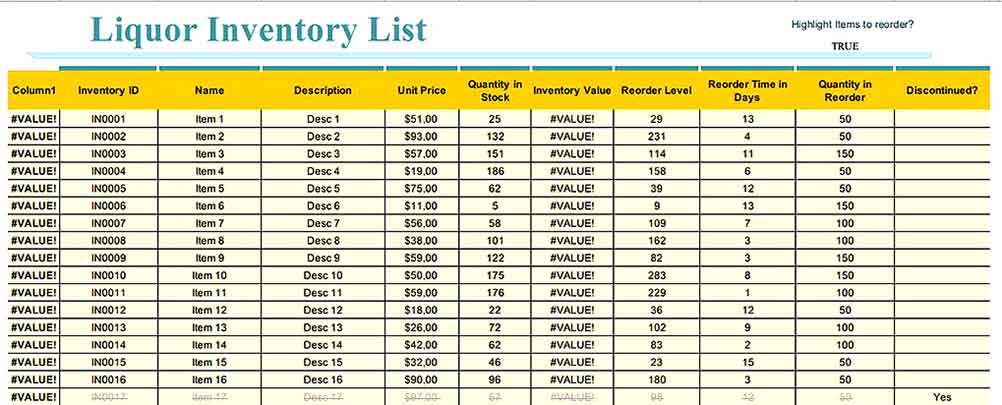
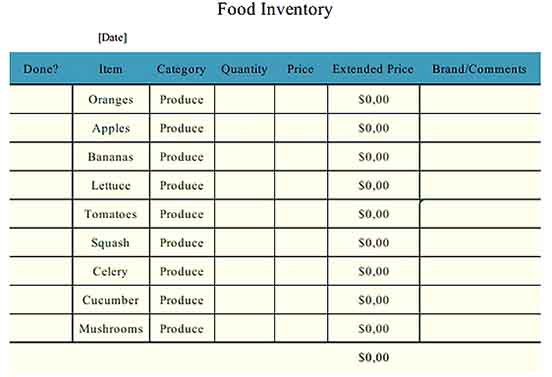
Similar Posts:
- Sample Restaurant Inventory Templates
- Sample Inventory Worksheets
- Sample Inventory Spreadsheet Templates
- Sample Retail Inventory Templates
- Inventory Template Samples
- Bar Inventory Templates Sample
- Server Inventory Templates
- Sample Inventory Database Templates
- Sample Software Inventory Templates
- Content Inventory Templates
- Equipment Inventory List Templates
- Sample Server Inventory Templates
- Church Inventory Templates
- Free Restaurant Menu Templates
- Food Journal Template